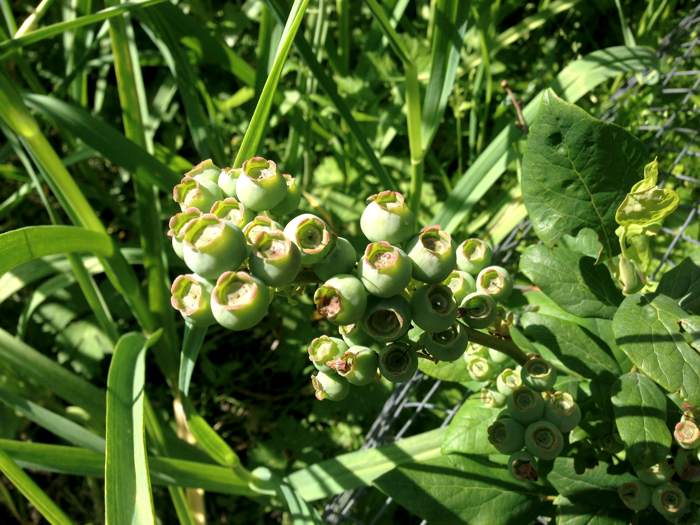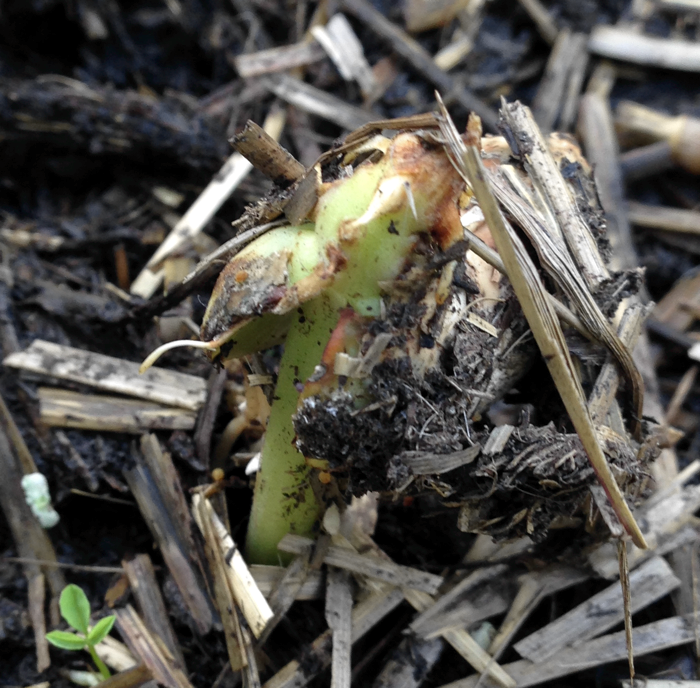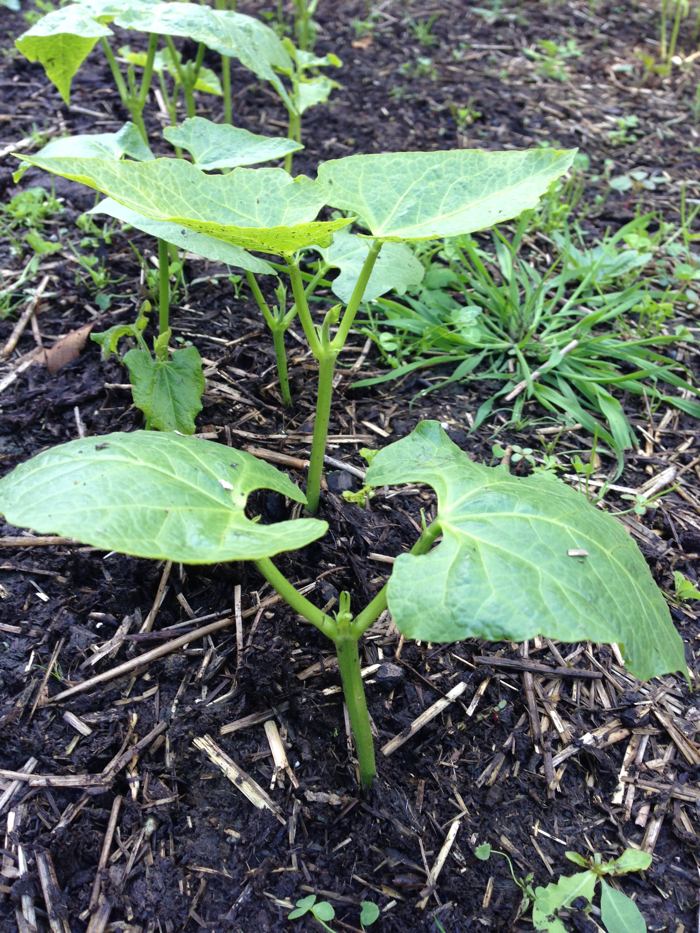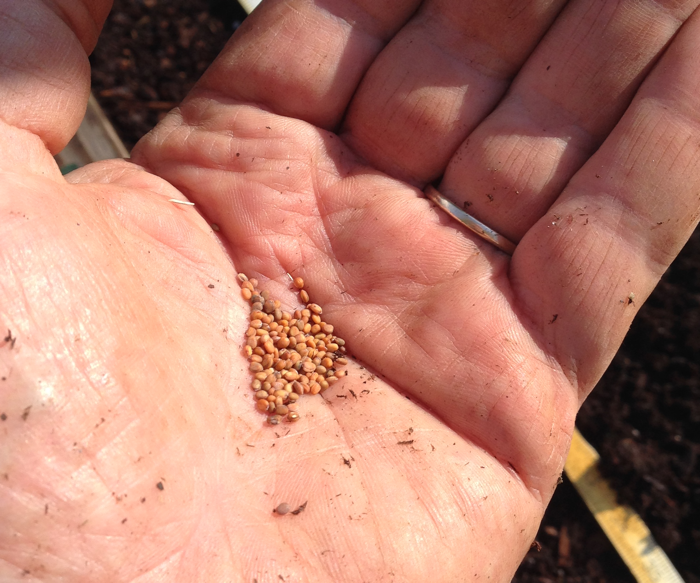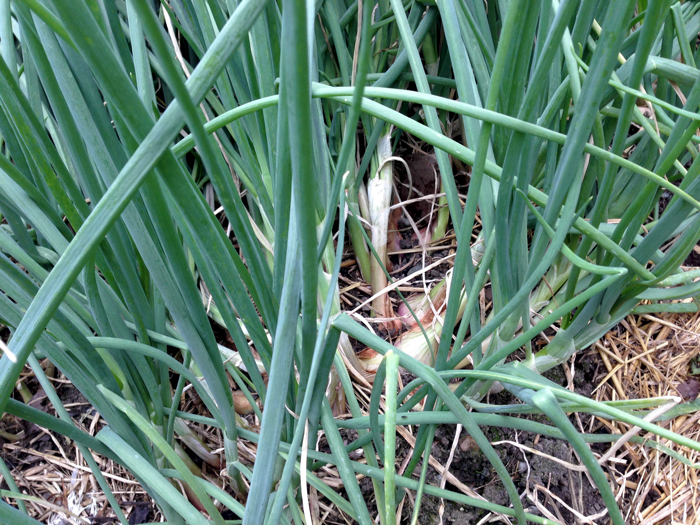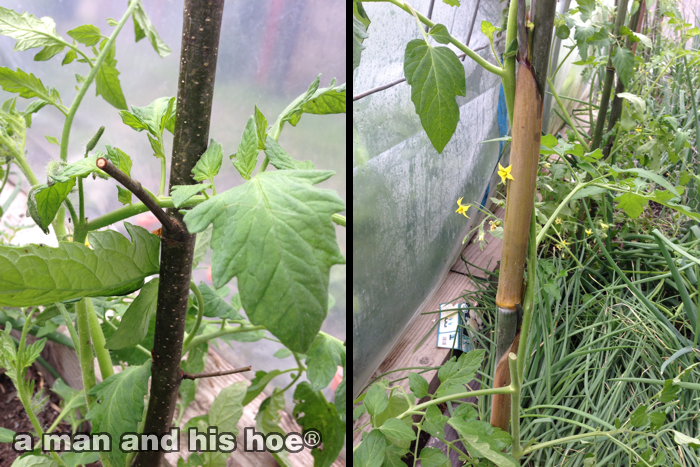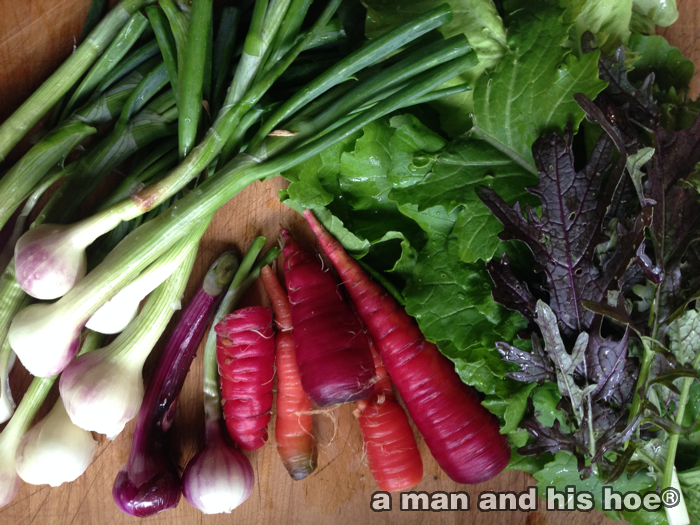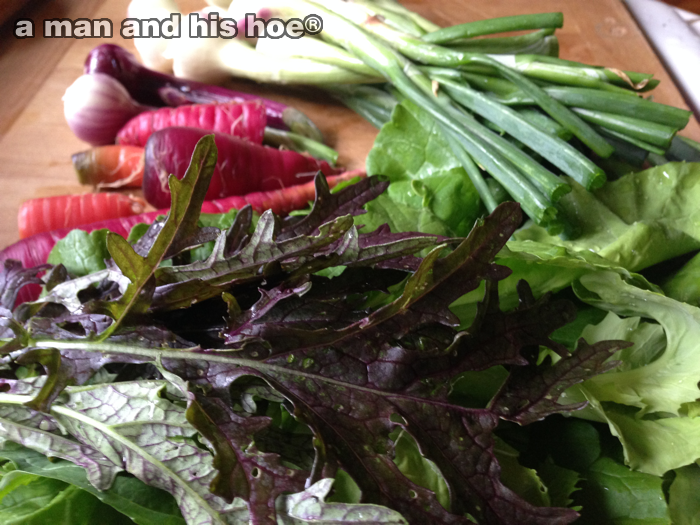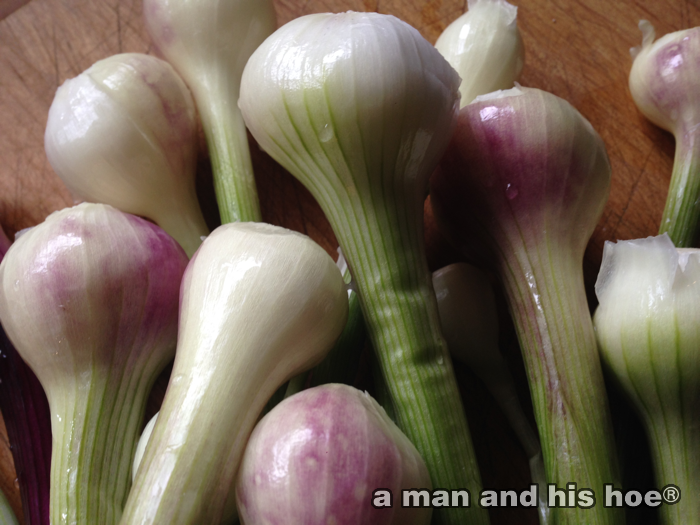Recent rains have made the woods cool and damp. The smell of decomposing leaves, twigs, and branches on the forest floor is so fresh. Any day is a good day for a walk through the woods. It takes just a few steps out of the house to be in the woods. It’s easy to take such luxury for granted.
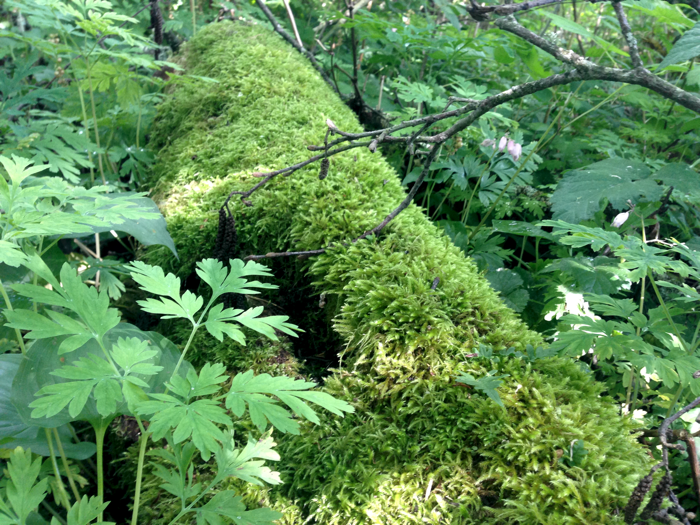
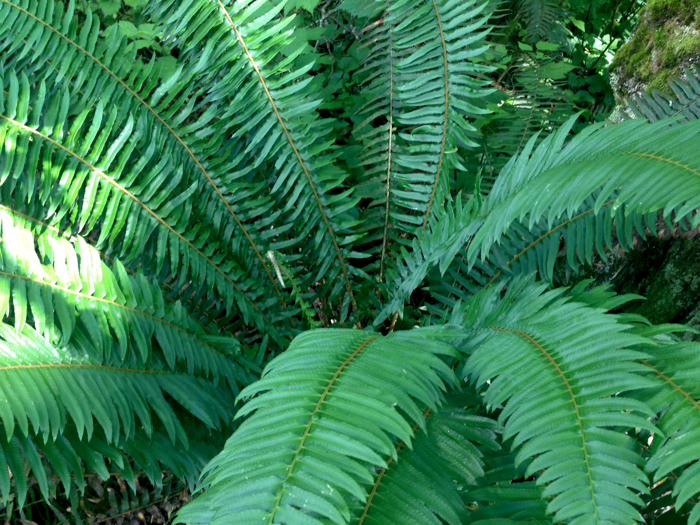
Many years ago, I lived in a desert country for a time. The mountains and valleys were barren. Not a speck of green to the horizon and beyond. I’d close my eyes and dream of green. I met a local person who saw photographs of lush, green mountains of distant countries, and he told me that he thought the photographs weren’t real. Only knowing desert mountains, he thought that someone had painted the green on the photographs. It wasn’t until he traveled and saw the forested mountains for himself that he realized there are places in the world that are so green.
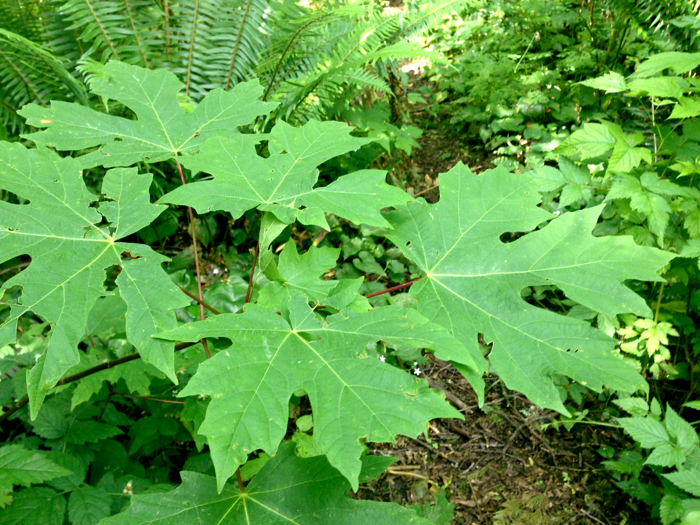



Stepping out of the woods, I see that the blueberries are forming. This is how blueberries look like before they turn blue. Another month and they will be as blue as the sky.
